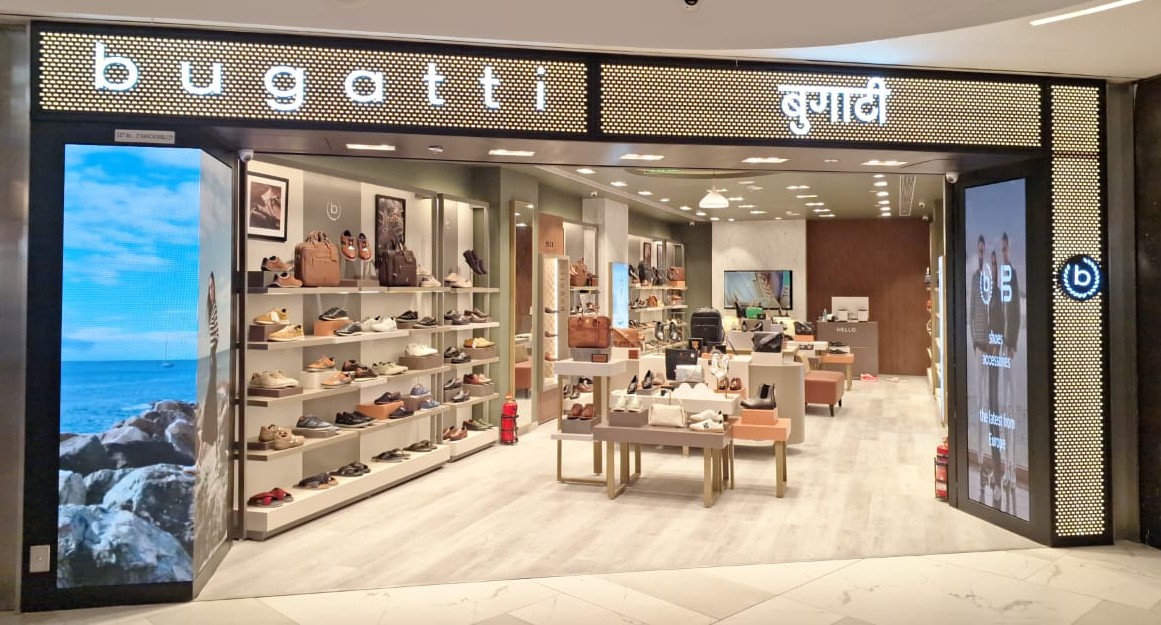By Enrico Cietta, Fashion Economist
The footwear production chain is undergoing a gradual yet consistent transformation, shifting away from a single global factory model to the emergence of numerous worldwide manufacturing centres. During the June edition of ERS, Enrico Cietta, President of the Expo Riva Schuh & Gardabags Scientific Committee, delivered a captivating presentation that held the audience in rapt attention. With an enthralling report, he explored the remarkable strategies employed by the footwear industry in response to the complexities and opportunities arising in the post-globalization era.

China remains the global leader in footwear production, boasting a massive industry that has long supplied shoes to consumers worldwide. However, recent years have witnessed a significant shift in the landscape. Since 2017, China has seen a notable decrease, losing approximately 1.5 billion pairs of footwear production. This decline can be attributed to various factors, including rising labour costs, environmental concerns, and the shifting dynamics of the global supply chain. While China’s dominance remains unrivalled, other countries, particularly in Southeast Asia and parts of Africa, are steadily gaining ground in the footwear manufacturing sector. This shift reflects a broader transformation in the global manufacturing landscape.

While China maintains its stronghold as a dominant player in exports, there has been a significant shift in the landscape since 2017, resulting in a loss of approximately 1.8 billion pairs.

Production is increasingly shifting to other countries and regions, particularly in Southeast Asia including India, Vietnam, Indonesia, Turkey, Pakistan, and the Philippines. These nations have become attractive destinations for manufacturing due to various factors such as cost-efficiency, skilled labour, and favourable business environments, contributing to the diversification of global production in the footwear industry.






The globalization of the footwear industry knows no bounds,
allowing for the creation of a truly global supply chain as required. In the context of regional globalization, it is essential for the footwear supply chains. In the realm of geopolitical globalization, the footwear supply chain will be influenced by trade barriers and new agreements.
“The 2020 pandemic made it clear how exaggerated one-way globalization had been as the 2008 subprime crisis showed the weakness of the use of financial derivative products”

In conclusion, the transition from one-to-many factories worldwide illustrates that globalization is an evolving phenomenon. It doesn’t come to an end; instead, it transforms. This transformation necessitates a shift in risk management strategies, moving from a single concept of globalization to embracing multiple and diverse ideas of what globalization means and entails.










